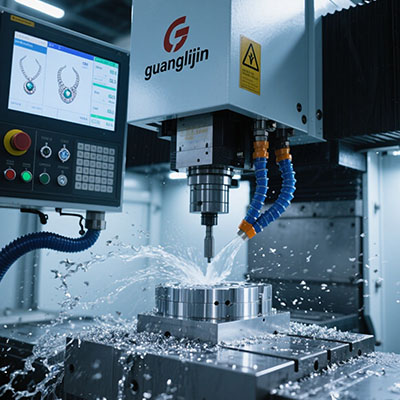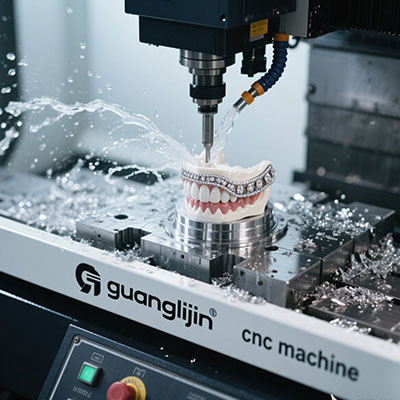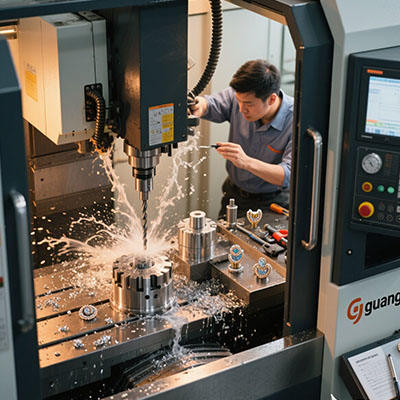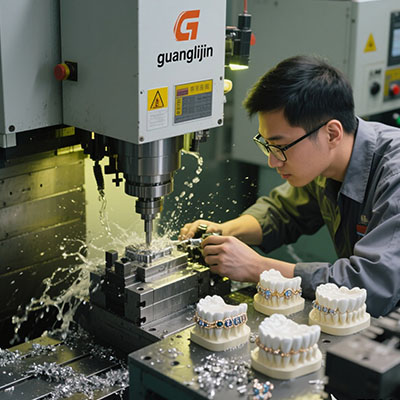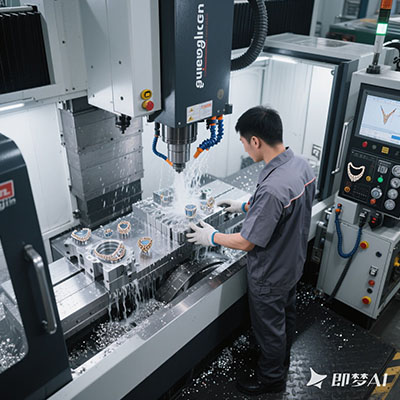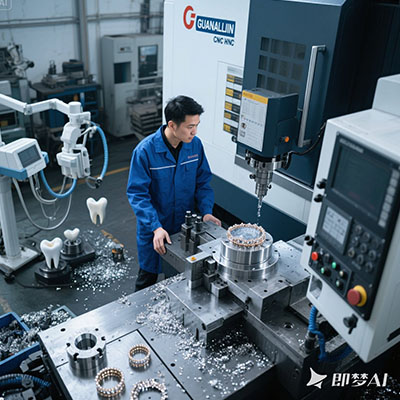3 Axis vs 5 Axis Milling Machines: The Ultimate Technical Guide
Fundamental Differences Explained
While a 3 axis milling machine moves in X, Y, and Z directions, 5-axis models add rotational movement (A and B axes). This allows more complex geometries in single setups.
Interesting fact: 5-axis machines can reduce setup times by 70% compared to 3-axis models (Modern Machine Shop, 2024). But they’re not always the better choice.
Cost Comparison: Initial vs Long-Term
| Factor | 3 Axis | 5 Axis |
|---|---|---|
| Base Price | $50,000-$150,000 | $150,000-$500,000+ |
| Tooling Costs | 30% lower | Higher (specialized holders) |
| Operator Training | 2-4 weeks | 3-6 months |
⚠ Warning: Don’t assume 5-axis means higher profits. Our 2025 aerospace client actually lost money until they doubled their order volume.
When to Choose 3 Axis Machines
1. Prototyping Work
For quick design iterations, 3-axis CNC mills offer faster programming. You can always rotate parts manually for multi-face machining.
2. High-Volume Simple Parts
If you’re making thousands of flat brackets, the extra axes just add unnecessary complexity and maintenance costs.
3. Tight Budgets
For under $100,000, you can get an excellent 3-axis machine that pays for itself within 18 months (average ROI data from SME).
5 Axis Advantages: Beyond the Hype
While 5-axis machines excel at complex contours, the real benefit is reduced setups. One medical implant manufacturer cut their cycle time from 14 hours to just 3.
However, note this: 5-axis machines consume 40% more energy according to DOE 2025 benchmarks. That’s often overlooked in TCO calculations.
Transition Guide: 3 Axis to 5 Axis
Step 1: Audit Your Parts
Only 23% of “5-axis candidates” actually need it (Machining Analytics, 2025). Identify parts with undercuts or compound angles.
Step 2: Train Your Team
CAM programming differs radically. Expect 6-8 months for operators to become proficient with tool center point control.
Step 3: Modify Workflow
5-axis machining often requires different fixturing strategies. We learned this the hard way when parts kept vibrating loose.
Step 4>Start with 3+2
Positional 5-axis (3+2) is easier to master than continuous 5-axis. Most shops transition gradually.
Step 5: Recalculate Speeds/Feeds
Those perfect parameters from your 3 axis milling machine? They’ll likely cause chatter in 5-axis mode due to dynamic loads.
Common Misconceptions
Myth #1: “5-axis means better surface finish.” Not necessarily – finish depends more on toolpath strategies and machine rigidity.
Myth #2: “You can’t do precision work on 3-axis.” Actually, many jig grinders still use 3 axes for sub-micron accuracy.
Decision Checklist
- □ ≥30% parts require multi-side machining?
- □ Budget allows for $75+/hr higher operating costs?
- □ CAM software supports 5-axis toolpaths?
- □ Shop floor can handle larger machine footprint?
- □ Customers will pay 15-30% premium for complex features?
Frequently Asked Questions
What are the main advantages of 3 axis CNC milling machines over 5-axis?
Simpler programming, lower maintenance costs, and faster setup for basic prismatic parts make 3-axis ideal for many applications.
Can you convert a 3 axis milling machine to 5-axis?
Technically yes with add-on rotary tables, but the machine rigidity rarely supports true 5-axis dynamics. It’s usually better to buy purpose-built.
How much more accurate are 5-axis machines compared to 3 axis CNC mills?
Accuracy depends more on machine build quality than axes count. High-end 3-axis machines often surpass cheap 5-axis models in repeatability tests.
What industries typically require 5-axis over 3 axis milling?
Aerospace (blisks), medical (implants), and mold-making benefit most. Automotive and general manufacturing often do fine with 3-axis.
Is 5-axis programming completely different from 3 axis CNC programming?
Yes – collision avoidance and tool axis control add complexity. Expect 5x longer programming times initially.
